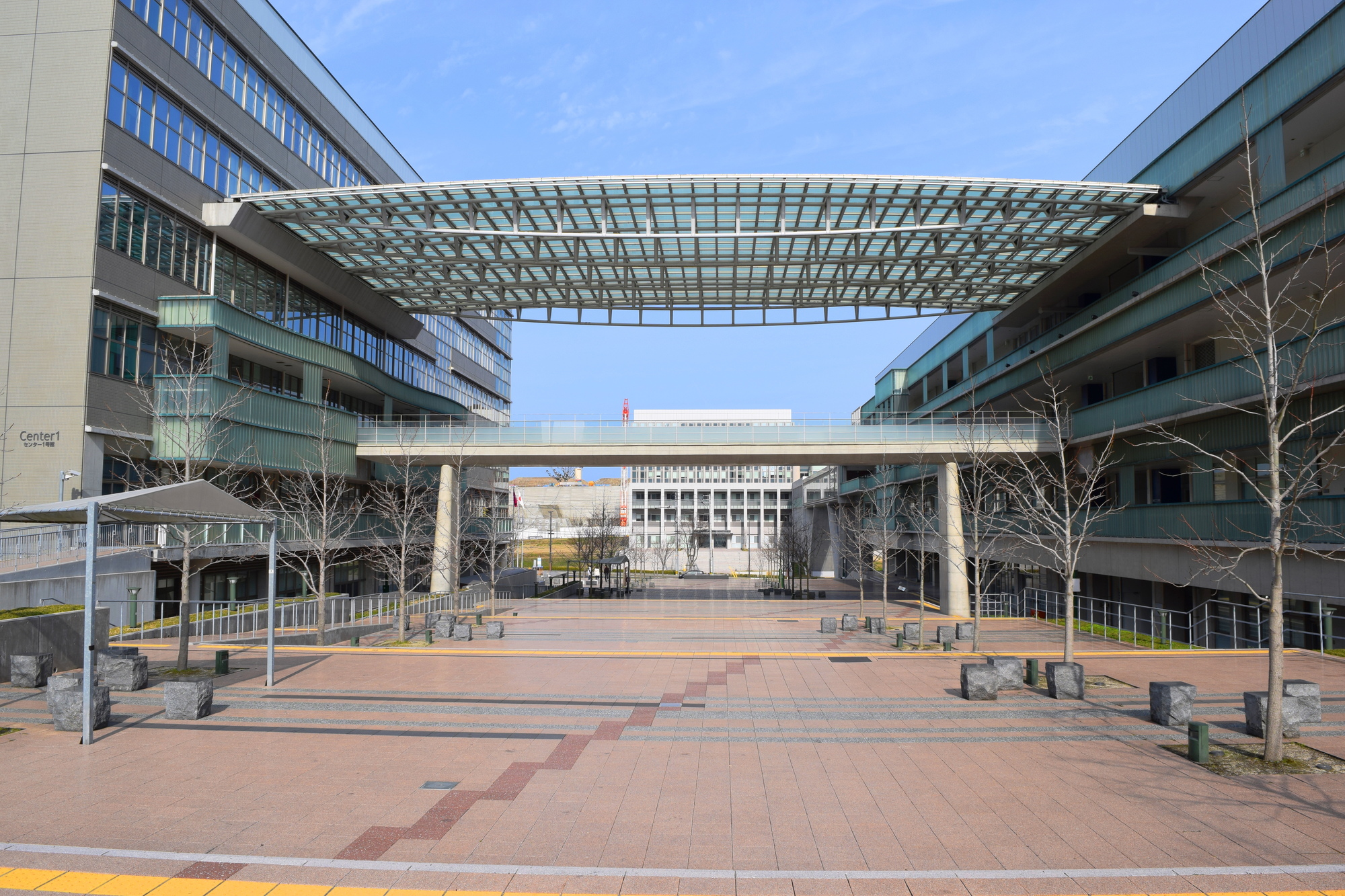The behavior of "feeling itchy and scratching" is usually considered to be a self-defense reaction that removes foreign substances (mites, etc.) on the skin by scratching them.
However, in the case of chronic itching due to dermatitis or the like, excessive scratching behavior may occur, resulting in a vicious cycle in which the dermatitis worsens and the itch increases.This vicious cycle is a major cause of chronic itchiness, but the mechanism by which itching intensifies and is excessively scratched has not been clarified.
This time, a research group at Kyushu University has found that the protein "lipocalin 2" released from glial cells (non-nerve cells that make up the nervous system) called astrocytes enhances the activity of the spinal nerves that transmit itching signals to the brain. For the first time in the world, we have clarified the mechanism by which itching is likely to occur even with a slight weak itching signal.
The itching signal from the inflamed skin is transmitted to nerves in the spinal cord, which produce a substance called the gastrin-releasing peptide (GRP). The GRP binds to the GRP receptor (GRPR) in the next nerve, excites this nerve (GRPR nerve), and the itch signal is transmitted to the brain.
However, in a chronically itchy contact dermatitis model mouse, astrocytes are activated in the dorsal horn of the spinal cord, and lipocalin 2 is chronically produced. Lipocalin 2 acts on the GRPR nerve to act as GRP. It is said that it turned out to be strengthening.As a result, even a weak itch signal excites the GRPR nerve, which is considered to be a chronic itch.
In fact, mice that failed to make lipocalin 2 with astrocytes all had weaker itching signals, excessive scratching behavior, and dermatitis.
This result will be a major step toward elucidating the mechanism of chronic itch, and is expected to be applied to the development of therapeutic agents to relieve itch.
Paper information:[Journal of Allergy and Clinical Immunology] Sensitization of spinal itch transmission neurons in a mouse model of chronic itch requires an astrocytic factor

